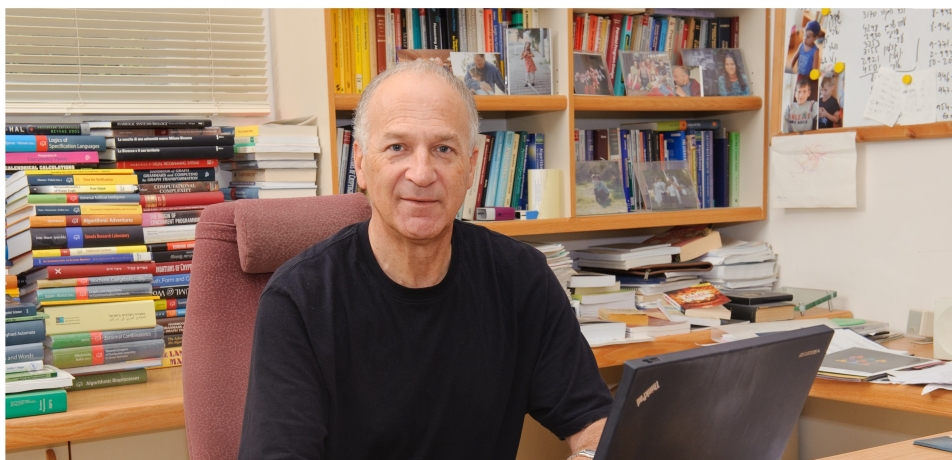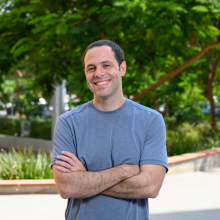The therapeutic magic of music
Briefs

Prof. David Harel
Improvisation can help patients express feelings or ideas using non-verbal language, thereby reducing psychological pain and promoting emotional resilience. But how does the act of making music help patients? Prof. David Harel of the Department of Computer Science and Applied Mathematics and research associate Dr. Billie Sandak have developed a new paradigm for analyzing how music works its magic during the course of a therapeutic session.
Prof. Harel is the creator of Statecharts, a visual computer language that dramatically simplifies how to specify the complex behavior of systems and translate it into formal computer code. In experiments conducted in collaboration with Drs. Avi Gilboa and Shai Cohen of Bar-Ilan University, Prof. Harel and Dr. Sandak employed Statecharts to model the dynamics of musical compositions improvised by 108 male and female patients with various degrees of musical training. The patients, asked to improvise music related to four different themes — ‘negative feeling’, ‘ugly’, ‘positive feeling’, and ‘beautiful’ — ‘used an electronic keyboard, which made it possible to gather exact data about the notes played, and their duration and volume. Analysis of these compositions revealed statistically significant results about the musical patterns associated with feelings and emotional states, as well as behavioral differences between participants with different musical proficiency, gender, and age.
This information, which serves as a kind of ‘Rosetta Stone’ for interpreting the non-verbal cues hidden in improvised music, may help clinicians more accurately interpret response to treatment, and guide them toward more effective therapeutic protocols.
Prof. Harel is supported by the Estate of Emile Mimran and he is the incumbent of the William Sussman Professorial Chair of Mathematics.








